
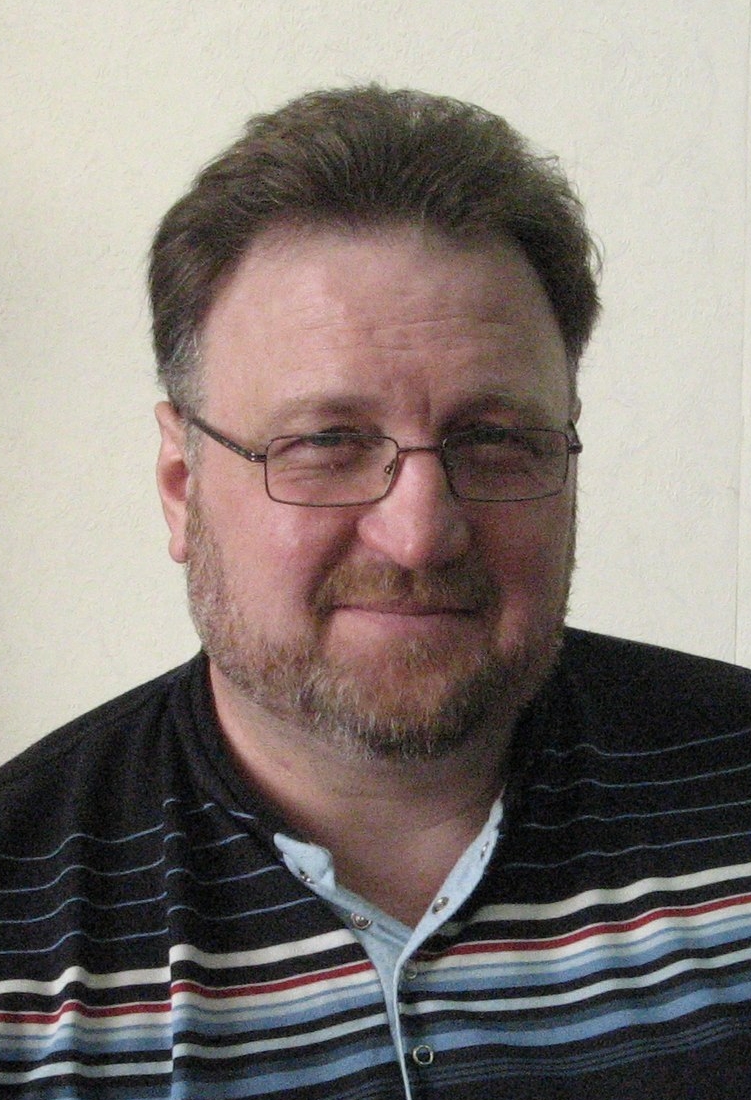
nikolenko
Aleksey Gennadyevich
Ph.D.,
professor
the
head of
the laboratory
Fax:
+7347-2-356088
E-mail: a-nikolenko@yandex.ru
|
|
|
|
|
|
|
|
nikolenko
Aleksey Gennadyevich Ph.D.,
professor the
head of
the laboratory Fax:
+7347-2-356088 E-mail: a-nikolenko@yandex.ru |
The Subject of laboratory research
Genomics, population genetics and
biochemistry of
insect adaptability,
structurally functional organization
of insect
genomes, the mechanisms of adaptation
to the environment,
the genetic structure of populations
and
the phylogenetics
of insects,
the search for biologically active
substances
for insects (biostimulators
and immunosuppressants),
ontogenetic and evolutionary
patterns of insect
immunity formation.
The laboratory staff
|
senior
scientist, Ph.D. |
|||
|
senior
scientist, Ph.D. |
|||
|
scientist, Ph.D. |
|||
|
scientist, Ph.D. |
|||
|
scientist, Ph.D. |
|||
|
Ph.D.,
Prof. |
Scientific
achievements of the laboratory
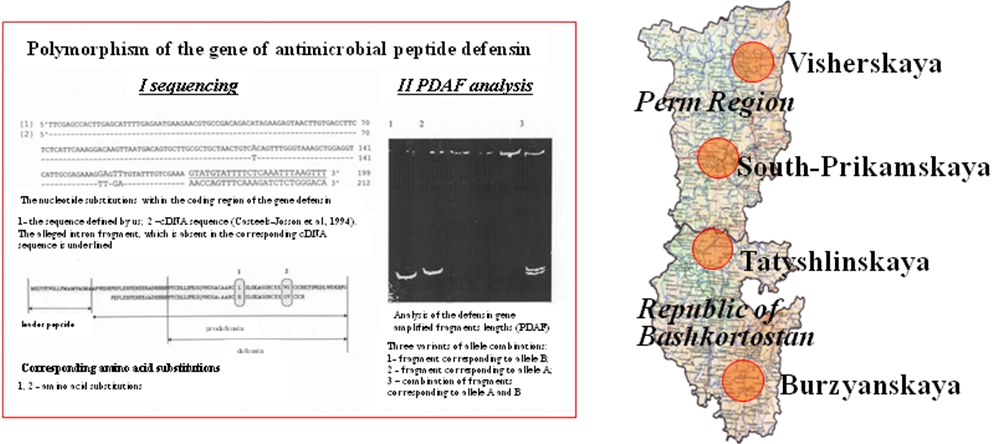
The complex of molecular genetic methods, working in conditions of intense intraspecific hybridization and is necessary for the identification and preservation of the gene pool of aboriginal for Russia bees (subspecies Apis mellifera mellifera) has been designed. Four genetic reservations of honeybee Apis mellifera mellifera in the Urals have been identified. The new scheme of intraspecific phylogenetics of bees of genus Apis has been detected.
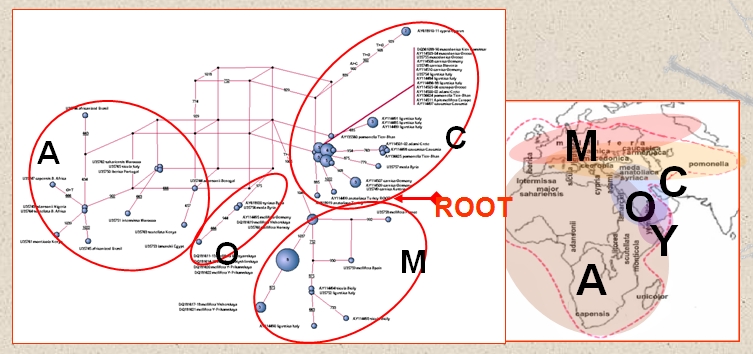
The
new scheme of intraspecific phylogenetics of bees of genus Apis has
been offered.
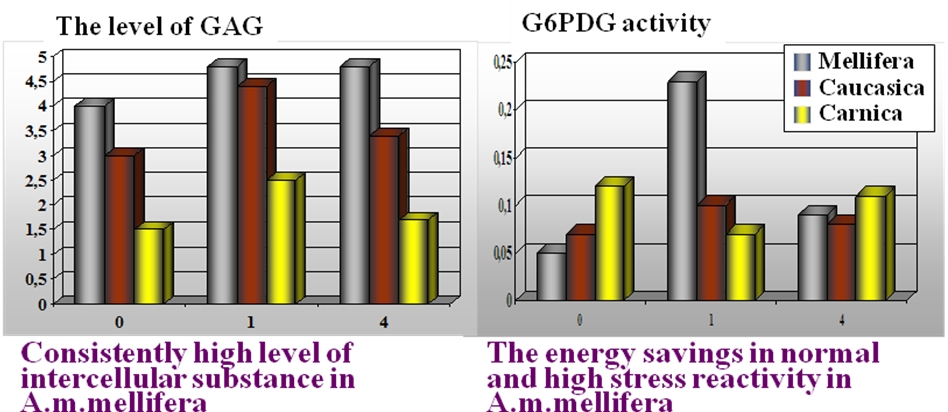
The differences in the character of the immune response and the degree of adaptation to the environment of the forest zone of Russia for aboriginal bee A. m. mellifera and bees of southern races have been shown.

The new express
indicators of sustainability
for
selection in beekeeping
have been developed.

Chitooligosaccharides have been determined to affect the rate of morphogenetic processes, stimulate immune responses mimicking components of bacterial cell wall, and improve the overall insect resistance.

The possibility of insect immunization (Musca domestica L., Leptinotarsa decemlineata Say) with non-lethal pathogen dose has been proved: the immune response is stimulated, a long-term immune memory is formed, and the overall survival rate is increases.

Ontogenetic differences in the immune response of insects have been detected: the prevalence of non-specific resistance mechanisms in the larval stage and more specific immune mechanisms in adults.

The role of insect ontogeny critical periods associated with the molting stages in the formation of long-term immune memory has been shown.

It was revealed that the activity of immune factors in larvae induced during the critical periods of ontogeny is reproduced in the next two generations at the same stage of insect development without repeated action of the pathogen.

On the example of the northern Bashkir population of the dark forest bee the ability to save the gene pool of honeybee in the population of open type has been shown which refutes the existing in Russia paradigm about the possibility of this process only in the populations of the closed type. This result can greatly simplify the technological problems associated with the artificial isolation and process of inbreeding.

The gene geographic analysis of natural Burzyan population of dark forest bee A. m. mellifera has been performed, the boundaries of the area have been defined, the central, peripheral, and hybrid zones, as well as the direction of gene introgression of the southern subspecies have been highlighted. It is hypothesized on the availability of dual genetic boundary in a natural population of honeybee.

The analysis of the COI-COII
locus nucleotide
sequences in the Burzyan
population of honeybee A.
m. mellifera has been performed. Preliminary data suggest
the presence of a previously unknown
deletion which may
become a promising genetic marker.

A method for molecular-genetic diagnosis of the pathogenic fungus Ascospaera apis has been developed. A high percentage of the fungus occurrence (over 50%) in the worker bees form conditionally healthy colonies in the Urals has been shown.

The mechanism of chitosan fungistatic action on A. apis has been analyzed. It appears in the formation of same-sex mycelium and in the abnormal development of hyphae, which disrupts their ability to form spore asci and maturation of full value spore balls.

The high moleclar chitosan has been shown to triggers as an elicitor in honey bee adults the transcriptional activity of defensin and abecine genes, and stimulates the cellular response of hemolymph.
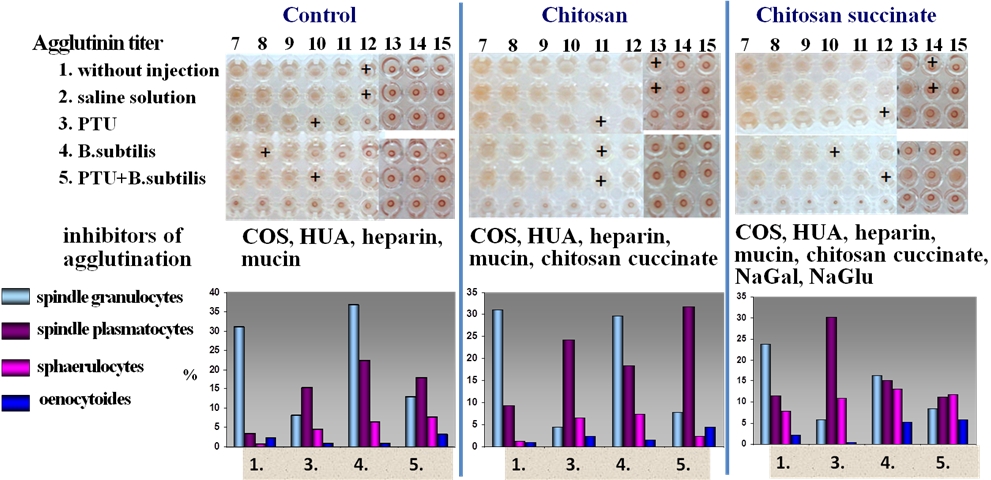
Experimentally it has been shown that chitosan induces in insects factors of immunological recognition and cellular responses of hemolymph and triggers phenoloxidase independent mechanisms of pathogen opsonization. Succination of chitosan molecule enhances its impact on phenoloxidase dependent mechanisms, induces the formation of hemagglutinins with a wide range of carbohydrate specificity, and increases the diversity of hemocyte morphology and function.

It is revealed that the
fractional selection
with entomopathogenic bacterial preparation bitoxibacillin during
15 generations of housefly
Musca domestica
line with sublethal doses in combination
with the
selecting dose
contributes to the rapid growth of the
resistance indicator. Selection with sub-lethal doses
of bitoxibacillin induces a
wide range of defensive
reactions in the housefly
larvae promoting the rapid formation of a high resistance.
The
laboratory news
You
may download the published articles on the site http://amellifera.narod.ru
Contacts
Russia,
Bashkortostan, 450054 Ufa, Prospekt Oktyabrya 71, IBG UNC RAN.
Ph.:
+7347-2-356088
Fax: +7347-2-356088
E-mail:
a-nikolenko@yandex.ru